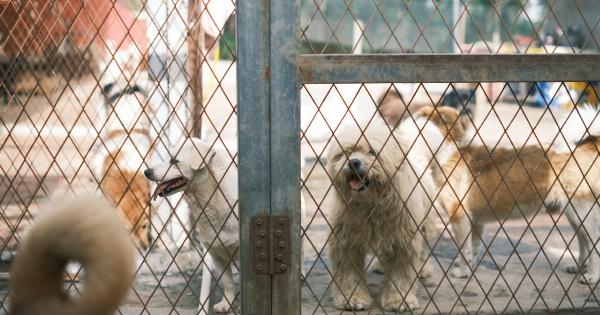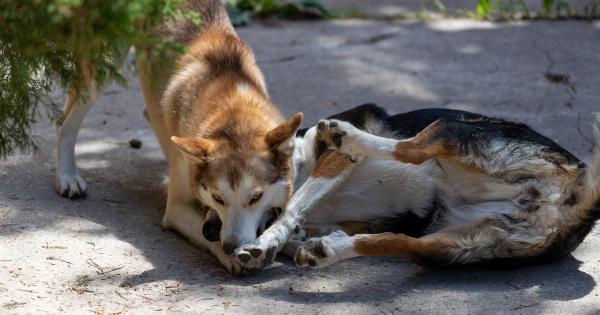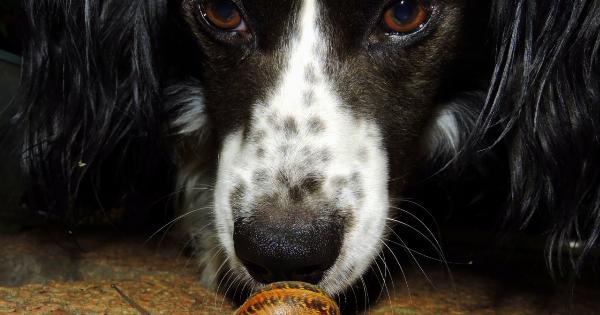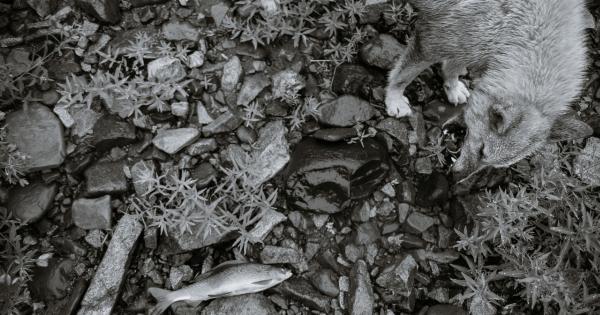Dogs communicate with us in many ways, but sometimes understanding their signals can be difficult. Two common dog behaviors that can be confusing for pet owners are nose licking and tail tucking.
While these behaviors may seem insignificant, they can actually be a helpful way to understand what your furry friend is trying to tell you. In this article, we will explore the language of dogs and how to interpret nose licking and tail tucking.
What is Nose Licking?
Dogs often lick their noses, and this behavior can have many different meanings. Here are some of the most common reasons that dogs might lick their noses:.
Sensory
One reason a dog may lick their nose is to improve their sense of smell. A dog’s sense of smell is much more powerful than a human’s, and dogs have special receptors in their noses that can detect even the smallest of scents.
By licking their noses, dogs can enhance their sense of smell by moistening and cleaning their nostrils.
Stress or Anxiety
If a dog is feeling stressed or anxious, they may lick their nose as a way to self-soothe. This behavior can also be a sign of fear or unease, especially if accompanied by other signs of anxiety or discomfort such as pacing or panting.
Submissive Behavior
Dogs may also lick their noses as a sign of submission. When dogs interact with each other, they often use body language to communicate dominance or submission.
Submissive dogs may lick their noses as a way to show deference to more dominant dogs, or to try and de-escalate a potential conflict.
What is Tail Tucking?
Tail tucking is another common behavior that is often misunderstood by pet owners. Here are some potential reasons that a dog might tuck their tail:.
Fear or Anxiety
If a dog is feeling afraid or anxious, they may tuck their tail between their legs as a way to try and make themselves appear smaller and less threatening.
This behavior can also be a sign of discomfort or pain, especially in dogs that are experiencing physical discomfort.
Submission
Like nose licking, tail tucking can also be a sign of submission. Dogs may tuck their tails when interacting with more dominant dogs, or as a way to try and diffuse a potential conflict.
Aggression
Sometimes dogs may tuck their tails as a prelude to an aggressive behavior, such as biting or snarling.
This can be a difficult behavior to interpret, and it’s important to pay careful attention to other signals that your dog is giving off to understand their intent.
Putting it All Together
Now that we’ve discussed the potential meanings behind nose licking and tail tucking, let’s explore how these behaviors can be used together to understand your dog’s emotions and motivations.
For example, if your dog is licking their nose and tucking their tail, this might be a sign that they are feeling overwhelmed or anxious. On the other hand, if your dog is licking their nose and wagging their tail, this might be a sign of excitement or anticipation.
It’s important to remember that every dog is different, and the meanings behind these signals can vary depending on the individual dog and their unique personality and experiences.
The best way to interpret your dog’s behavior is to pay close attention to their body language and use context clues to understand their motivations and needs.
Final Thoughts
The language of dogs is complex and nuanced, and it can take time and practice to become fluent in your pet’s signals and behaviors.
By paying attention to your dog’s nose licking and tail tucking, you can deepen your understanding of their emotions and use this knowledge to build a stronger bond with your furry friend.






























